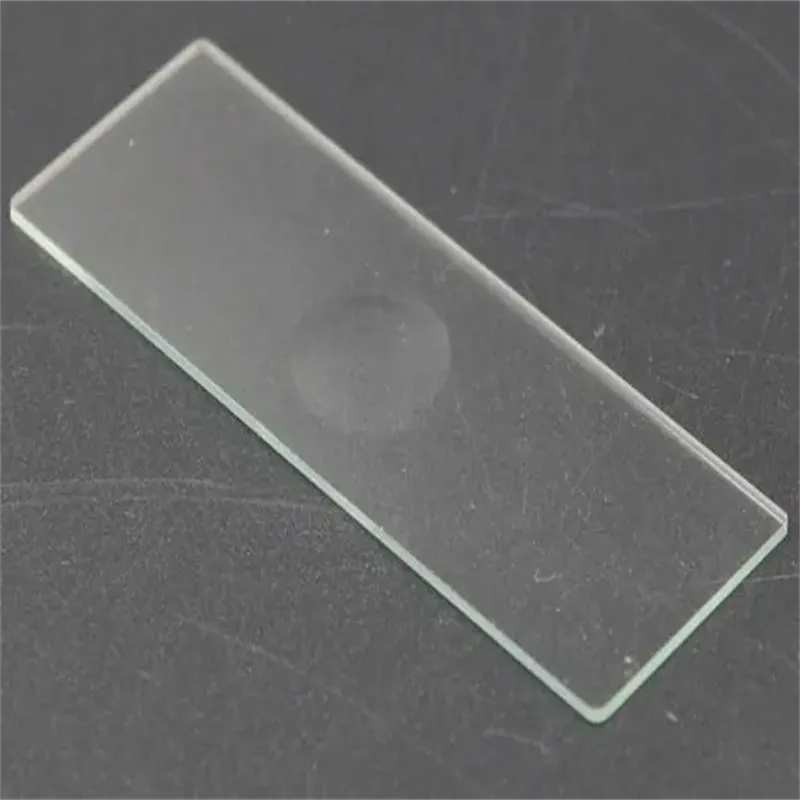Nov . 10, 2024 03:00 Back to list
Applications and Benefits of Float Glass in Modern Industries
Understanding Float Glass and Its Applications
Float glass, a type of flat glass, is manufactured by a unique process that ensures a smooth and uniform surface. This glass is produced by floating molten glass on top of molten tin, which allows the glass to spread out and create an incredibly flat surface. This method was developed in the 1950s and has since become the standard for producing high-quality flat glass. The versatility of float glass makes it suitable for a wide range of applications, ranging from architecture to automotive industries. In this article, we will explore the various uses of float glass and its importance in contemporary society.
Architectural Applications
One of the most significant uses of float glass is in architectural applications. It is extensively used in residential and commercial buildings for windows, doors, and facades. The clarity and aesthetic appeal of float glass allow for maximum natural light, which enhances the interior ambiance while providing energy efficiency through improved insulation. Modern architectural designs often incorporate large glass panels, which require high-strength float glass that can withstand various environmental pressures, including wind and temperature changes.
In addition to its structural benefits, float glass can be treated to improve its performance. For instance, low-emissivity (low-E) coatings are applied to control heat transfer and reduce UV radiation, thereby enhancing energy efficiency in buildings. This makes float glass not only a practical choice but also a sustainable option in green building designs.
Automotive Uses
Float glass is also widely used in the automotive industry. The excellent optical clarity and ability to be molded into various shapes make it ideal for car windows, windscreens, and mirrors. Safety is a critical concern in this industry, and float glass can be treated and laminated to create shatter-resistant surfaces. This not only protects passengers in case of an accident but also contributes to the overall structural integrity of the vehicle.
Moreover, advancements in technology have led to the production of glass with advanced features like tinted glass, which reduces glare and provides privacy. Additionally, lightweight glass options have emerged to improve fuel efficiency in vehicles, showcasing float glass's adaptability to the changing demands of automotive design.
what is float glass used for

Interior Design
In the realm of interior design, float glass has become a popular choice for various decorative features. It is used in furniture pieces such as tables and cabinetry, allowing designers to create elegant and modern aesthetics. Glass partitions and railings are also common, providing a sense of openness in commercial spaces while maintaining safety standards.
Furthermore, float glass can be customized with various finishes, textures, and colors. This versatility enables designers to incorporate glass creatively into their projects, resulting in unique and visually appealing environments.
Electronic and Technological Applications
Another fascinating use of float glass lies within the electronics industry. It serves as a critical component in the production of screens for televisions, computers, and mobile devices. The clarity, durability, and lightweight nature of float glass make it an excellent choice for touchscreens and display panels.
As technology advances, the demand for high-quality display glass continues to rise, leading to innovative developments in float glass manufacturing. Anti-reflective coatings and enhanced durability treatments are becoming increasingly important as they improve user experiences in electronic devices.
Conclusion
Float glass is an essential material that impacts various aspects of daily life, from the buildings we live and work in to the vehicles we drive and the devices we use. Its unique manufacturing process results in a product that is not only aesthetically pleasing but also highly functional and adaptable to various applications. Whether in architecture, automotive design, interior spaces, or technology, float glass continues to play a crucial role in shaping our modern world. As industry demands evolve, float glass will likely remain at the forefront of innovation, ensuring its relevance in the future.
-
Safety and Style with Premium Laminated Glass Solutions
NewsJun.24,2025
-
Reinvents Security with Premium Wired Glass
NewsJun.24,2025
-
Premium Float Glass Line for Modern Architecture
NewsJun.24,2025
-
Low Emissivity Glass for Energy-Efficient Architecture
NewsJun.24,2025
-
High-Performance Insulated Glass Solutions for Modern Architecture
NewsJun.24,2025
-
Elevates Interior Style with Premium Silver Mirror
NewsJun.24,2025
Related PRODUCTS














